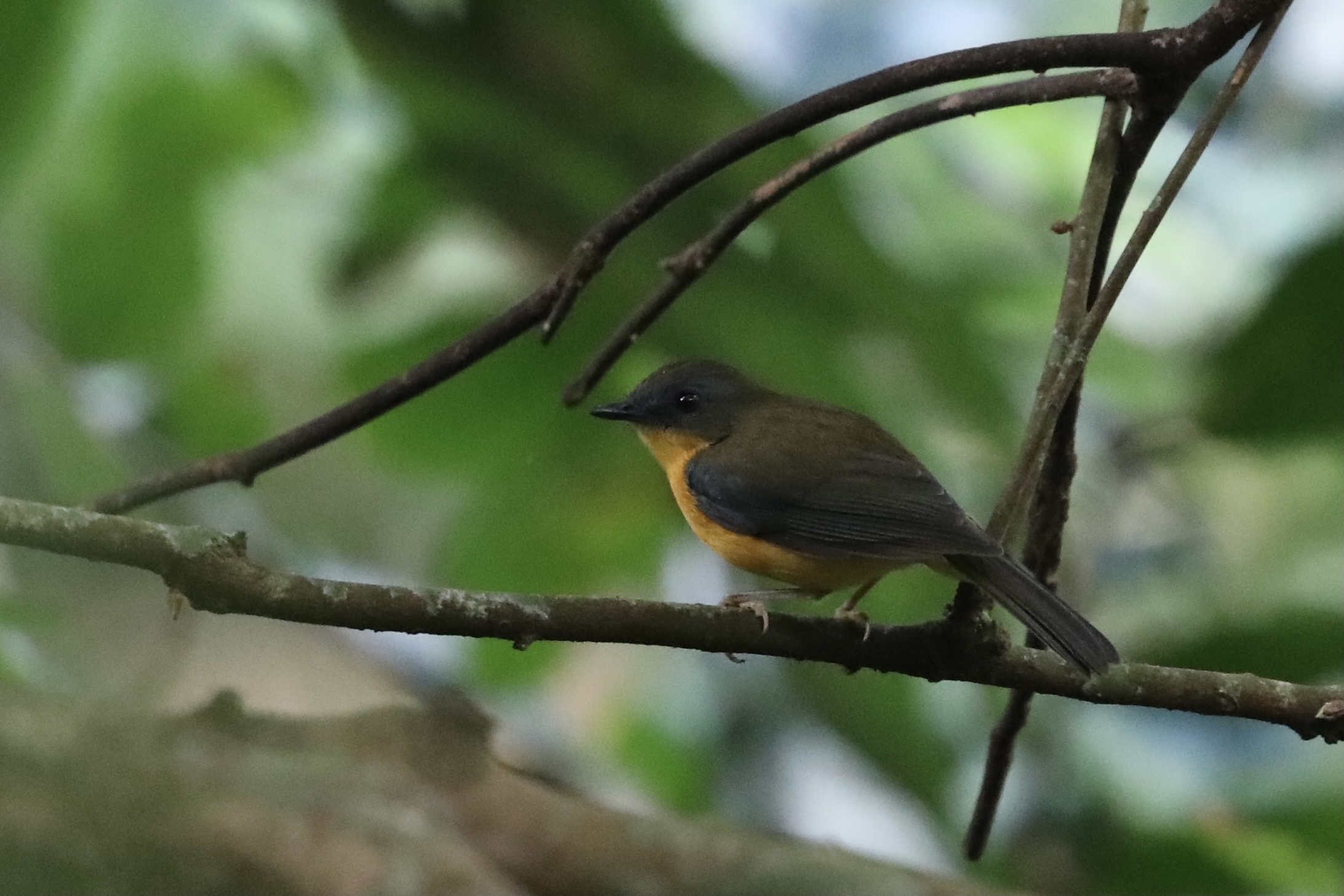Our big Africa trip that we had started in 2020 took a year long pause. I’m sure by now you know why. Almost exactly to the day, we were back in central Tanzania to pick up where we left off. “Tanzania 2.0” as Ross insists on calling it.
In order for us to resume our trip, Ross had to fly to South Africa, fix a few things on the vehicle, and start driving. It was over 50 hours (!!!) of driving to get from ZA to TZ!! The majority of his time was spent behind the wheel, but he did sneak off for a few birds, a highlight being Black-rumped Button quail, a bird we spent countless hours searching for the last time!



Ross picked me up in Dar Es Salaam and officially Africa 2.0 began! We had a few large mountains on the agenda but before we went up any of the big mountains we went up a smaller mountain, Nguru, in search of the montane subspecies (Sheppardia gunningi aticola) of East Coast Akalat. Let it be known that we’ve already seen two other subspecies of East Coast Akalat before — one in Malawi and the other in Southern Tanzania. I think I’ve mentioned it before, but I’ll say it again, in addition to targeting endemic species, we are also targeting endemic SUBspecies.
Honestly no one comes for this bird and we had no information on it, save for one research report from 2005. All we knew was the name of mountain range. The rest, including all logistics like access points, etc, we had to figure out ourselves. (I did an entire Instagram video story on how to get this bird which I highly recommend you watch if you have IG.)
Anyway, finding the right road was a challenge and we drove an hour and a half towards the town of Tamota before the road completely turned into a swampy mess and was no longer passable. We then had to backtrack, reroute, and try again.
Eventually we turned up in a small village, surely a place that has not seen a foreigner for a very, very long time, if ever. It was a huge ordeal after that. Everyone came out to watch as we attempted to communicate via Kiswahili that we wanted to go into the forest and search for birds. Nearly all of the young males wanted to join, but we narrowed it down to the first two guys, Yassin and Lomambo, who welcomed us into the village. That afternoon was an intense workout up in elevation through tall grasses that never resulted in us accessing the forest. We could see the forest, but a sheer rock cliff, impassable without complete rock climbing gear, stood in our way. We needed to find another way into the forest. Based on a topographic map, it looked like we could attack from a different angle.
We got back to the village just before dark where we camped in our truck and had an entire audience watch as we cooked our dinner and set up our rooftop tent. It’s moments like this that I am acutely aware of the very fortunate life I get to live. Truly, I don’t deserve it…
The next morning we were all set to leave until the locals informed us we should first speak with the Shaman. Initially we were to wait for him to arrive, which would have been several hours and long after daylight. Instead we spoke with him on the phone. (We didn’t speak to him directly of course because we speak no Swahili.) Anyway, we learned he wanted us to pay 200,000tsh ($86USD) for his spiritual services for entrance!!! Obviously that was a no. We nearly left altogether because he wouldn’t budge, but the locals in the village still wanted to go and they wanted us to be able to go. Eventually our persistence paid off and we agreed to pay 40,000tsh (17USD) for entrance and set off with the sun beginning to peak over the horizon. We took an entirely different trail and the guys understood we needed to get into the forest. Whether or not we took the best way, I’m not sure, as eventually we did lose our nice trail and had to bush-whack into the forest.



When we returned back down and saw via our GPS trail, we realized that we had barely cracked into the mountain forest patch. We indeed had made it into the forest, but just barely. Thankfully it was enough. We stopped by a gully and had a single “Montane” East Coast Akalat perched. The bird never vocalized so Ross never managed any recordings. The bird did seem curious when we played a tape of East Coast Akalat, but the first recording of this subspecies vocalizing will have to wait for the next guy or girl who comes to see it, which may or may not be until it gets split into its own species someday. (If it gets split, that is.) We did note that this subspecies is fully orange underneath, unlike other ECAK which have a white belly. And perhaps more notably, are never found above 300m elevation, where we were standing around 1,000m to see this one. We shall see whatever comes of this bird, but either way we got to see it and it was a great adventure. It’s not often you can be a complete trailblazer.



We spent some additional time in the forest seeing Crested Guineafowl, White-chested Alethe, Black-fronted Bushshrike, Bar-throated Apalis, and Dark Batis, and on the way down we got stunning views of a Verreaux’s Eagle, a lifer that had so far eluded us during our time in Africa thus far.

Crested Guineafowl 
Verreaux’s Eagle
FYI: This birding occurred in April 2021




